 Sámegillii
Sámegillii  På norsk
På norsk
Articles about Sami school history
Part 20 - printed in Ávvir 02.12.2010
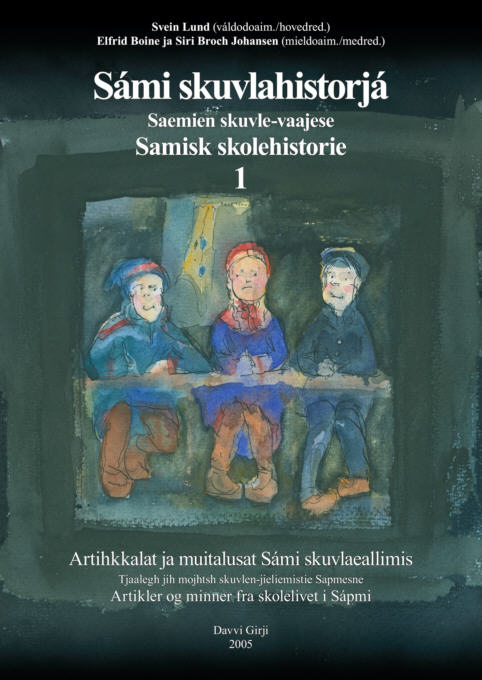 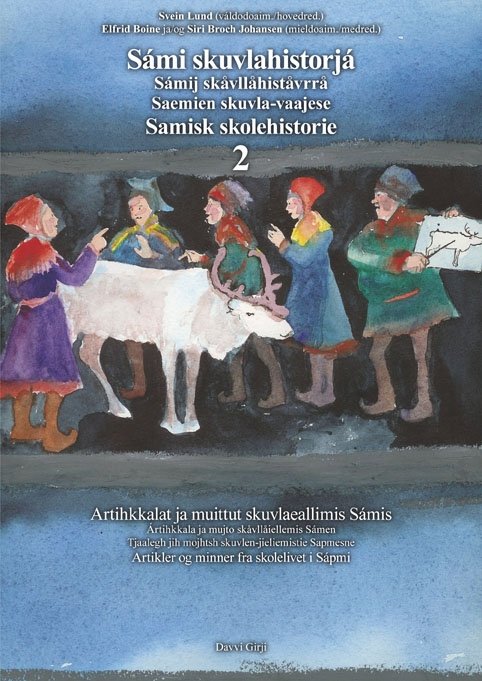 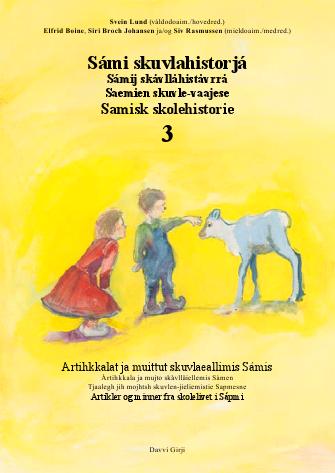 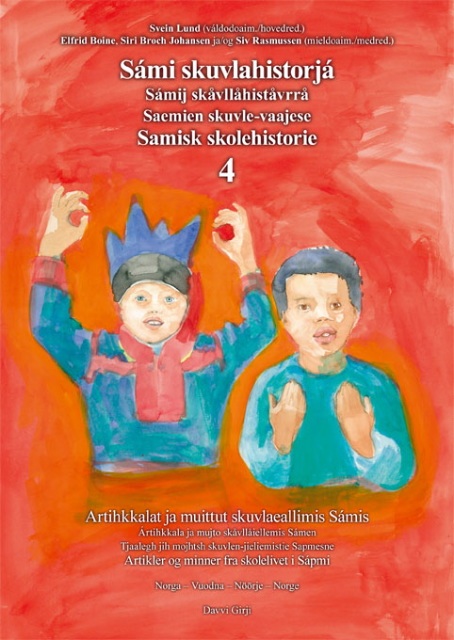 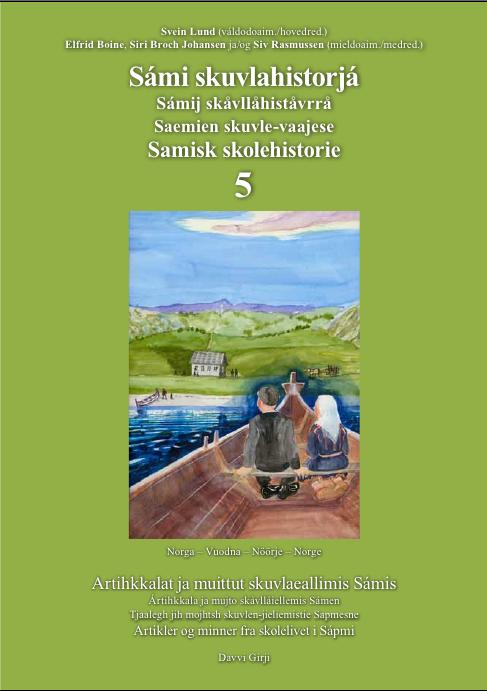
Do you know Sami school history?Sámi skuvlahistorjá / Samisk skolehistorie (Sami School History) is a series of books published by the publishing house Davvi Girji. In about 200 articles in 5 volumes there is told about the experiences of Sami children in Norwegian schools, and about the changes in the educational politics of the Norwegian authorities towards the Sami population. The books are published with parallell text in Sami and Norwegian language.In this web site some of the articles of the first book are also published in English. It would be too much to translate it all, so to make this history available to a greater public, we are translating a series of newspaper articles, which sorted by topics make a summary of stories in the books. So far there are 28 articles published in Sami language by the Sami newspapers Min Áigi and Ávvir. They are also published here in Norwegian and the English version will be published gradually as they are translated. These articles are edited by the main editor, Svein Lund. Besides him the editing board of the book series consist of Elfrid Boine, Siri Broch Johansen and Siv Rasmussen. |
In article 2 and 3 in this series we have told about the experiences of teachers from Southern Norway. But all along there were also Sami teachers in Norway, following are some of their stories.
To a certain extent, there was a special education for Sami teachers in the 18th and 19th century, first in Trondheim in the schools Seminarium scolasticum, Seminarium domesticum and Seminarium lapponicum, later Sami was a subject at Trondenes and Tromsø seminary. Sami teachers were also largely allowed to teach in Sami, and other teachers had to know Sami if they were to teach in the Sami areas.
But at the end of the 19th century hard instructions that the teaching had to be done in Norwegian were passed. Sami could be used as an auxiliary language, but as little as possible. And what did the Sami teachers do then? Some Sami teachers agreed with the politics of Norwegianization, and tried their best to Norwegianize Kven and Sami children. Others did not agree, but loyally followed the instruction of Norwegianization. And some more or less taught in Sami in conflict with the instruction. We do not know much about this, but here are some stories we have gathered about Sami teachers, as they themselves, pupils or the school authorities have told them.
This story comes from the village book "the history of Loppa", which Harald Samuelsberg and Leonhard Gamst have written.
Teacher Nuth belonged to the last class of the teachers college in Alta. ... Peder Morten Johannessen Nuth was a Sami from Loppa, but his mother tongue was Lappish (Sami) and Norwegian. He had a free place (scholarship from the Lappish-fund) during his education in Alta, as the rest of the students also had. His father – Johan Peder Pedersen, Hommelvik, – had been teacher at the Sami school in Bergsfjord. ...
He was the first and only Sami from Loppa to have a teacher's degree, and he also became the last Sami speaking teacher there. The other teachers at Nuth's time had all had free places at the teachers college in Tromsø, and had learned Sami there. But first of all the knowledge of this language must have been quite limited, and second a new instruction was passed in 1880 for the teachers in the transitional-districts, stating that «each and all Lappish and Kven children should be taught to read, speak and write in the Norwegian language. The language of teaching shall be Norwegian, Lappish or Kven shall only be used as an aid to explain the things that are incomprehensible to the children, and not further than that what the conditions makes inevitably necessary.» The teachers did not have to make much use of the Sami they had learned. (The Sami and the school in Loppa, SSH-2)
Christen Brygfjeld was Director of schools in Finnmark 1922-33. Although his background was southern-Sami and he knew northern-Sami, he was a tough Norwegianizer, both as a teacher and as Director of schools.
When there was complaints about the Norwegianizing around 1930 and among other things demands to take up again the teaching in Sami and Kven at the Tromsø seminar, the Chief Education Officer wrote a letter to the ministry where he explained the language situation in each municipality in Finmark. He concludes that this kind of teaching is completely unnecessary. When you see what he writes about the Sami and Kven teachers, you can understand that it was not easy for them in the school at that time. Here are some selected parts of his letters:
10. Kistrand.
Leirpoll and Børselv, mix of Norwegian, Lappish (Sami) and Kven. The teacher is born of Lappish parents. His mother tongue is Lappish, but he also knows some Kven. He still unwillingly, only in very difficult cases, wishes to use these as auxiliary languages.
In Lakselv district there is a governmental boarding school, divided in six classes, with two parallell in the 1st year. The people is mixed Norwegian, Lappish and Kven. Most of them speak proper Norwegian. The teacher knows neither Lappish nor Kven, but the children of Lappish and Kven decent are still fully at height with the Norwegian ones.
11. Karasjok.
The teacher speaks Lappish fluently and uses the language to almost far too great an extent as auxiliary language, consequently the Karasjok-Lapps are far behind the Kautokeino-Lapps regarding the knowledge of Norwegian.
12. Lebesby.
In Lebesby school-district there is a governmental boarding school. None of the teachers know much Lappish. I have worked in this school for 5 years myself. At the time the children spoke Norwegian quite well before starting school, therefore I did not find it necessary to use auxiliary languages, although I know Lappish.
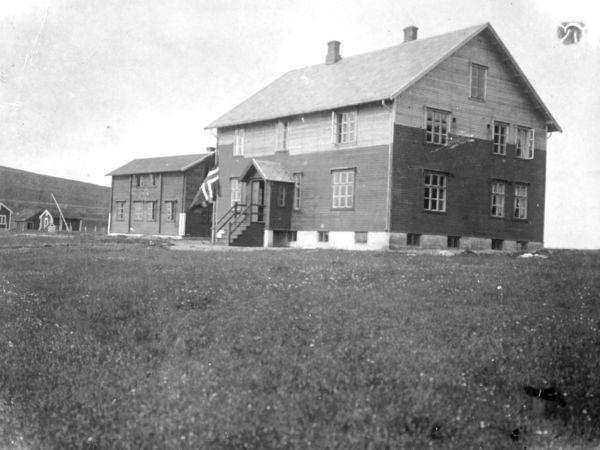 |
Lebesby boarding school (Photo: Photo collection of Bernt Thomassen / Ulf Jacobsen) |
14. Tana.
Norskholmen is a mixed language district. The teacher of this district, Per Fokstad, is an eager advocate for the use of Lappish as main language in the school and in the church, but in Norskholmen he does not have a suitable working field, and has therefore not found any greater support of his ideas.
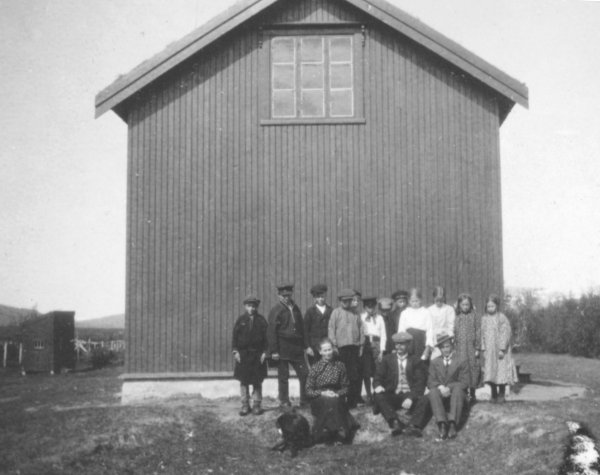 |
Norskholmen school, 1918 (Photo: Photo collection of Bernt Thomassen / Ulf Jacobsen) |
17. Nord-Varanger.
Skallelv district has a teacher who uses Kven as the spoken language in his home, it is easier for him to teach in Kven than Norwegian, and the results of the teaching of Norwegian in school bears evidence to this.
Vestre-Jakobselv must be regarded as an entirely Kven district. There are two Kven teachers who reportedly use the Kven language in school more than what is absolutely necessary, thus there has been hardly any progress of Norwegian.
19. Polmak.
In this municipality the Lappish people are in compact majority. There they achieved, thanks to the school law, to hire two Lappish teachers, who reportedly use Lappish. Not just as auxiliary language, but from what they say also to a great extent as the language of teaching. The children's knowledge of Norwegian in this municipality is highly insufficient.
(Chr. Brygfjeld, SSH-4)
Pavel Andersen was from Tana and was teaching in Sørøysund for a long time. Emma Johannessen tells from her time as pupil in Kårhamn school:
- I started school in 1934. In the school we were not allowed to speak Sami, and we children were not even allowed to speak Sami to one another. Both the teacher and the house keeper said so. Here we were only supposed to speak Norwegian.
The teachers, and that was mainly Pavel Anderssen. Pavel was there all the time. And his sister, Pavel-Anna. They came from Tana and were Sami, but they never used Sami in school. I remember that Pavel came by boat to us in Jøfjorden once, then he spoke Sami with my grandmother. From Anna I never heard a word of Sami, but I believe that Sami must have been her mother tongue too. Anna was very strict. She hit the pointer so hard over the children's fingers that the pointer broke. The other teachers were Norwegian. (SSH-4)
Others who were pupils at the same school have told that Pavel Andersen got angry when he heard the pupils speak Sami, and screamed: "Speak Norwegian! We are not Mountain-Lapps here!"
(Emma Johannessen's story, SSH4)
In the report mentioned written by the Director of schools in 1931, among other things he wrote about Sørøysund municipality:
The most marked district of mixed language is Kårhamn, where there is a governmental boarding school, divided in 4 classes. Both the teacher and the schoolmistress teaching at this school are born of Lappish parents and speak their mother tongue fluently. They still unwillingly, only in very difficult cases use Lappish as auxiliary language.
(Chr. Brygfjeld, SSH-4)
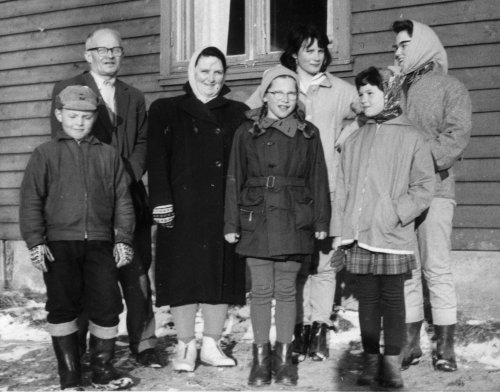 |
Per Fokstad and his family
1960 (Photo: Ragnhild Ravna) |
Per Fokstad was teaching in Tana for more than 40 years. All along he keenly advocated Sami teaching in school and wrote a Sami school program. Therefore he clashed with the Director of schools and other school authorities. For many years he was the leader of the Sami Council of Finnmark. But as a teacher he was restricted to follow the instructions and teach in Norwegian. Ragnhild Ravna, who in 1959 started teaching at Tana school, where Fokstad was headmaster at the time, tells:
Only in 1945 Per Fokstad had been transferred to Tana school in Bonakas, a school district consisting to a great extent of Sami population. Before the war he was at Norskholmen school with a great part of Finnish/Kven population. His previous pupils tells that he was very loyal towards the authorities, that is he did not use Sami material in school in the postwar period, although many of the pupils were Sami speaking. But he did not forbid them to speak Sami among them. Yet he used Sami material in his many exiting myths and stories, the joik (chanting song of the Sami people) «Voi dán Biettár Káre», and strongly influenced the sense of belonging to the local community. «Do not forget your own language and place of origin!» he used to instil the pupils. When Margarethe Wiig's Sami ABC was published in 1951, the pupils could buy the book from Per Fokstad. At that time he offered some of the pupils to learn Sami.
His pupils mention him with praise for the good Norwegian teaching he gave them. That applied to grammar as well as literature and written Norwegian. Norwegian and Mathematics were the most important subjects of his school. It was noticed how competent the pupils of Fokstad were in Norwegian when they started further education.
He grew up under the Norwegian nationalization, he was 14 years old in 1905, and became an eager mediator of the thoughts and poetry of Ivar Aasen. ...
Fokstad was not a practicing artist himself, but he saw the beauty and expressions in pictures, textiles, joik and other music. He brought Savio pictures to school for the pupils to try to copy. He was eager to make the students rehearse plays, Christmas-plays and hold charity bazaars. The school broadcasting was used frequently, in particular the programmes on other cultures. He considered it important to accept other cultures and peoples. It would in turn lead to pride in oneself and one's own identity.
But many of the pupils gave him a hard time. Many of the parents disliked Per Fokstad's Sami attitudes and struggle for the Sami. This in it's turn made many of the pupils oppose him, because they knew they had support at home, and nothing to fear if they made trouble in school. (Ragnhild Ravna's story, SSH-2)
Here you find all the articles in the series:
28.09.2007 Why Sami school history?
05.10.2007 Boundless ignorance
12.10.2007 Southerner-teachers encounter the Sami language
19.10.2007 The start of Sami beginner instruction
26.10.2007 The start of education in reindeer-herding
02.11.2007 From Sami to Norwegian vocational training
16.11.2007 Struggle for Sami gymnasium
28.11.2007 School experiences of Norwegian speaking Samis
14.12.2007 Resistence against Sami language and culture
25.01.2008 A strange world
23.05.2009 On Sami teachers
30.05.2009 Life in boarding school
06.06.2009 Sami pupils were bullied
13.06.2009 Sami content in the teaching
20.06.2009 Pupil as interpreter
04.07.2009 How the children quit speaking Sami
10.09.2010 God does not understand Sami
08.10.2010 The point of view of the Norwegianizers
13.10.2010 Men of the church defending the Sami language
02.12.2010 Sami teachers in old times
09.12.2010 Boarding school life in old times
18.12.2010 Sami pupils in special schools
14.01.2012 The parents' struggle for Sami education
21.01.2012 Reluctance and absence
28.01.2012 The school during the war
04.02.2012 Reconstruction and barrack schools
11.02.2012 Curriculums - for Norwegianization and for Sami school
18.02.2012 The great struggle of the curriculum
Sami school history 1
Sami school history 2
Sami school history 3
Sami school history 4
Sami school history 5
Sami school history - main page